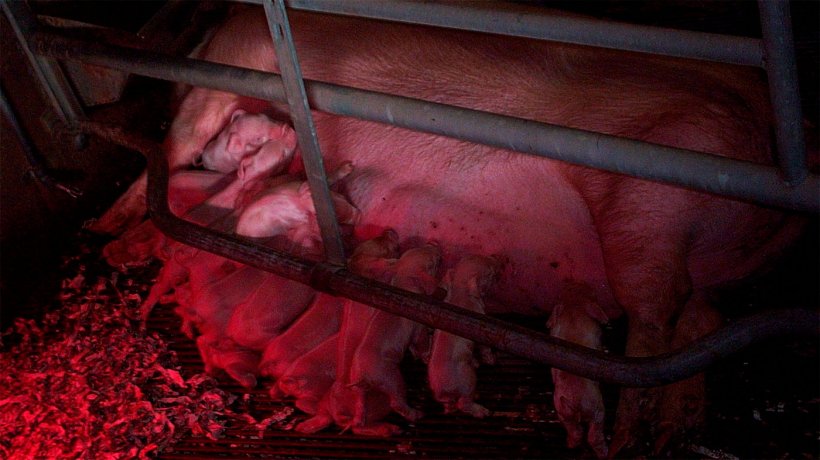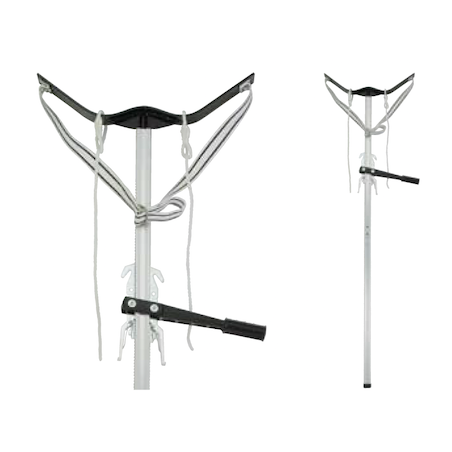Commented article
Effect of lactation length caused by the management production system on piglet performance until slaughter. S. López-Vergé, J. Gasa, J. Coma, J. Bonet, D. Solà-Oriol. Livestock Science 224 (2019) 26–30

Comment
According to the EU animal welfare law, piglets may not be routinely weaned before 28 days or before 21 days if adequate facilities are available or for health reasons. Long lactations (average of 28 vs 21 days) promote the growth and subsequent development of the piglet and are therefore preferred with hyperprolific sows, but do not necessarily optimize sow productivity. In addition, lactation length can affect both the live weight of the pig at slaughter and the variability. On the other hand, one of the basic principles of modern pig farming is organizing production in batches, keeping pigs of the same age together, in order to minimize health problems and thus better meet their nutritional and environmental needs. In this production context, the dispersion of farrowing that occurs within each production batch indirectly determines the lactation length for the piglets. In the best case, farrowing within a batch usually happens over the course of three days, and in the worst case can last longer than a week.
The objective of this observational study is to evaluate the effect of the lactation length of sows from the same production batch on the subsequent growth of their piglets and their weight at 165 days of age.
About 800 piglets from the same batch were followed to slaughter from a farm of 500 sows managed in four-week batches. The lactation length varied between 18 and 28 days, with a higher number of piglets between 21 and 23 days. The results indicate that a difference of 2.4 kg live weaning weight (WW) expanded to 9.4 kg at 165 days. The live weight at the end of the nursery phase (64 days) shows a linear relationship with the WW that becomes curvilinear with the live weight at 125 and 165 days of age. The lactation length and WW that maximize live weight at 165 days are 25.5 days and 6.88 kg/piglet, respectively. However, these results were obtained with sows that weaned up to 11 piglets/litter and in no case can they be extrapolated to hyperprolific sows that wean more piglets.
The main conclusions are twofold: first, piglets born earlier in the farrowing batch benefit from longer lactation lengths and have the possibility of reaching slaughter sooner or with a higher weight; and second, the more stretched out the farrowing batch, the greater variability there will be in the slaughter weight. Results on lactation length (25.5 days) compatible with optimal live weight at 165 days may be inconclusive, as this is an observational study conducted under commercial conditions with a small number of piglets from lactations longer than 24 days and most of them coming from gilts. However, the results are conclusive if we look at the management system that aims to have gilts farrow at the beginning of the batch giving them a longer lactation length. In conclusion, making the farrowing batches as grouped as possible in time, without the need to synchronize pharmacologically, favors the productive performance of the piglets in the nursery and finishing stages and reduces variability in slaughter weights.
Summary of the commented articleEffect of lactation length caused by the management production system on piglet performance until slaughter. S. López-Vergé, J. Gasa, J. Coma, J. Bonet, D. Solà-Oriol. Livestock Science 224 (2019) 26–30 Methods: Since weaning in commercial conditions is usually done on a fixed day for all sows belonging to the same parturition batch, litters have differences in days of lactation, depending on the farrowing date. Days of lactation affect the piglet's weaning body weight (BW), and it is hypothesized that it may also affect the slaughtering BW. The objective of this study is to observe the effect of the lactation length of sows belonging to the same batch on the subsequent performance of piglets at weaning and at 165 days of age. A total of 796 male and female crossbreed piglets [Pietrain x (Landrace x Large White)] from 92 sows (parities ranging from 1 to 7) were used and individually weighed from birth to slaughter. Weight data for each pig were adjusted using the double exponential Gompertz model (BW=A*exp(-exp(b-(c*t)))), and the BW at day 165 of age was estimated for each pig using this model to correct for the age effect among pigs. Means were calculated as LSmeans. Birth body weight (BBW) was added as a covariate and lactation length as a factor using the Proc GLM of SAS. Results: The effect of days of lactation was found to be significant at weaning (P < 0.001) and at the end of the cycle (P < 0.001). Results (kg of BW) for weaning were 4.7a, 5.3b, 5.6c, 6.0c, and 7.2d kg, and for 165 d of age they were 92.3a, 96.4b, 98.0bc, 102.9d, and 101.7cd kg for 18, 19–20, 21–22, 23-24, and > 25 days of lactation, respectively. The consequence was that a difference of 2.4 kg at weaning increased to 9.4 kg at day 165. Increasing the length of lactation from 18 days to more than 25 days caused a significant linear BW increase at weaning (P < 0.001) and a quadratic response at 165 days of life (P < 0.001). Conclusion: It is concluded that piglets coming from sows that farrow earlier in a batch increase the days of lactation and produce heavier pigs at 165 days of age; consequently, shortening the farrowing period within a batch, without necessarily using artificial farrow synchronization, could help to reduce the differences in BW at the end of the cycle, and may help producers to increase farm efficiency. |









